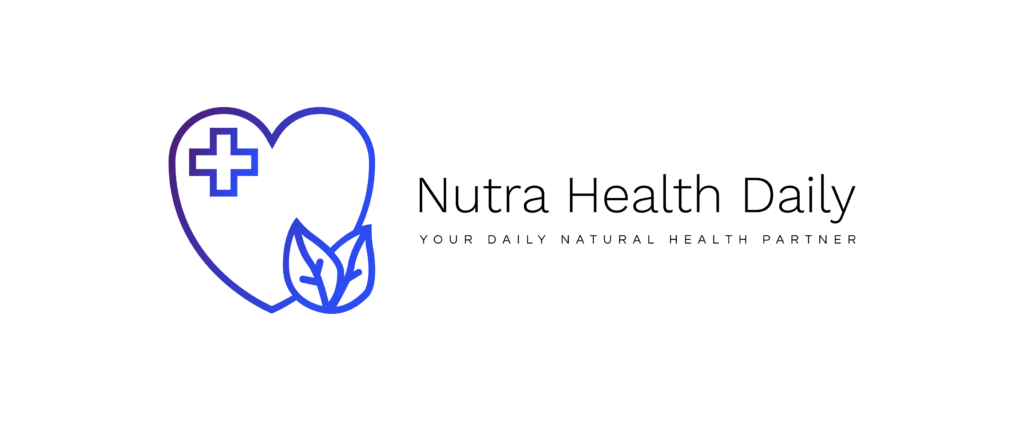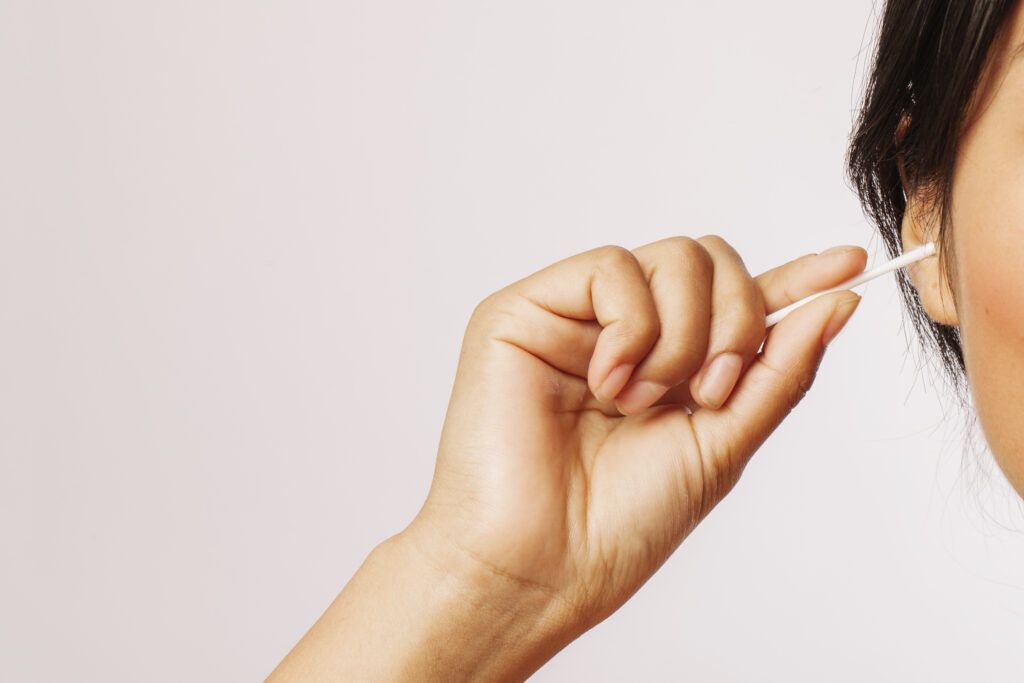Having trouble hearing? Or perhaps this time you inserted the cotton swab a little too deeply? At best inconvenient, an ear blockage caused by earwax accumulation might be a sign of impending hearing loss.
However, cerumen, another name for earwax, is not just normal—it’s essential.
According to ear, nose, and throat physician Anh Nguyen-Huynh, MD, “people think that earwax is dirty and needs to be cleaned, but earwax has both anti-fungal and anti-bacterial properties.” “It also shields ears from foreign objects like hair, dust, and tiny insects that could irritate the eardrum.”
Wearing deep earplugs or hearing aids, having ear surgery or trauma in the past, or getting ear infections frequently can all have an impact on how much earwax is in your ears.
How to properly clean earwax
What is the best way to deal with earwax issues?
According to Dr. Nguyen-Huynh, “sometimes trying to clean them causes more problems than it’s worth.” Similar to self-cleaning ovens are ears. Wax will come out of the ear canal along with the skin’s outer layer that sheds.
In case earwax is starting to cause trouble, Dr. Nguyen-Huynh suggests a few simple techniques for cleansing ears:
Prescription ear drops for cleaning
Ear cleaners available over-the-counter are effective if you have a tiny amount of wax. Seek for droplets containing different types of peroxide or hydrogen peroxide. The peroxide effectively breaks out earwax.
The following is how to use ear cleaners:
Lay sideways, face up the ear you’re cleaning, and add the drops according to the directions.
Let it sit: Give the cleaning solution around five minutes to dwell in your ear. This allows the liquid to seep in and make everything softer.
Take out a tissue; the liquid and the loose earwax should come out when you sit up. Prepare a tissue so you can absorb it all.
If your ear canal is blocked by a solid wax plug or you have excessive earwax, impacted cerumen may prevent you from using ear cleaning drops.
Dr. Nguyen-Huynh states, “Using peroxide in your ear to soften a plug without dissolving or removing it could make the situation worse.” “After that, the softer plug hardens into a mud wall that can block your ear even more.”
A syringe for bulbs
If the ear cleaning drops are ineffective, a bulb syringe (available at drug or grocery stores) may be needed to cleanse the ears. After adding warm water to the syringe, position it close to your ear entrance, and slowly squeeze the bulb. The warm water will pour into your ear, dissolving the wax. To release the water (and, hopefully, wax) from a sink or bathtub, tilt your head to the side.
There are a few disclaimers, though:
Be kind: To prevent damaging your eardrum, carefully flush your ear.
Keep an eye on the temperature: Neither too hot nor too cold water is ideal. In any case, you may feel lightheaded due to the temperature differential.
Steer clear of, if needed: If you have ever had eardrum surgery or if you have a hole in your eardrum, do not utilise the flushing approach. Your eardrum healing could be harmed by flushing.
According to Dr. Nguyen-Huynh, you might want to ask your primary care physician’s office whether a nurse is available to cleanse your ears if you feel uncomfortable doing it yourself.
Olive or mineral oil
Dr. Nguyen-Huynh reports anecdotally that patients who use olive oil in their ears prior to receiving a cleaning appear to be able to remove wax more readily. He says, “It lubricates the ear canal.” “However, I’m not sure it’s any better than mineral oil, which is what we typically recommend.”
Avoid these procedures for removing ear wax
Not every trick for removing earwax is made equal. Dr. Nguyen-Huynh advises against using these two treatments:
Swabs of cotton

The package’s manufacturer’s warning, which reads, “Do not insert swab into ear canal,” tells it all. According to Dr. Nguyen-Huynh, “A cotton swab functions in an antique cannon like a ramrod.” The more you use it, the more earwax you push in because the tip pushes it deeper. Plus, if you push too hard, you can burst your eardrum. Additionally, if you scratch your ear canal, dirt and bacteria may enter through your skin and cause an infection.
Candles for removing earwax
You should avoid using this method as much as possible, advises Dr. Nguyen-Huynh, because these candles are ineffective and could burn you.
Why and when to remove wax from your ears
Even though earwax is typically more bothersome than harmful, sometimes a doctor is needed to remove it. Dr. Nguyen-Huynh advises seeking medical attention if over-the-counter medicines are ineffective, you have ear pain, or you have hearing problems.
“It is necessary for someone to examine and determine whether the ear canal is blocked by wax or not.” he states.
Some signs of an obstructed ear canal are:
Anguish
Your sense of hearing becomes impaired.
a sensation that something is obstructing your ear
Lightheadedness Tinnitus
You might be able to get your ears cleared there and then if the issue is little. If not, an operational microscope can be used by a physician to see within the ear canal, remove wax by vacuuming it out, and magnify the area.
There could be other reasons for an ear blockage. Dr. Nguyen-Huynh warns, “It could be a middle ear infection with fluid filling up the space behind the eardrum.” Alternatively, you can have an inner ear infection caused by a virus. In some situations, you can be diagnosed and treated by a physician to avoid irreversible hearing loss.
However, as with most things in life, moderation is key: an excessive amount of wax can clog your ears, leading to infections or transient hearing loss. “A small percentage of people, particularly those with smaller-than-average ear canals, will require cleaning if they produce excessive amounts of wax that clog the ear.” Dr. Nguyen-Huynh adds.


